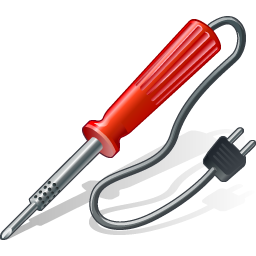Resistance is the ability of something or someone to resist something or someone. Is it that simple? Well, yes). It’s almost the same in electronics. Resistance in electronics has a very important fundamental role. It is, you could say, the basis of the fundamentals of electronics.Let’s look at this term in more detail in our article.
Resistance in hydraulics
If you have read past articles about electric current and electrical voltage, you are aware that we represent electric current as the movement of electrons in any one direction.

We can say the same about a garden hose with water in it. When water is not running from the hose, the water molecules are at rest.

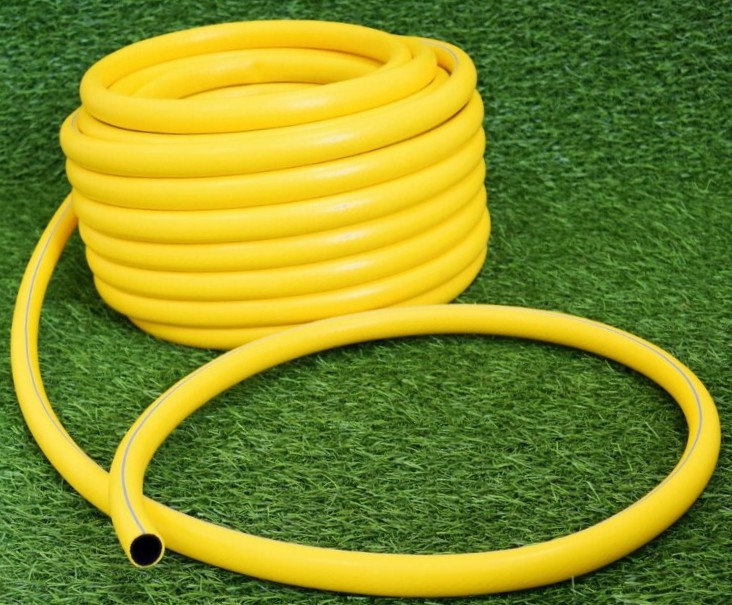
But when we turn on the water pump, the water molecules will run in one direction and we will have water pressure in the hose.


For us, a water pump, similar to electronics, is an EMF. The pressure in the hose that the water pump creates is the voltage.
In electronics, we will refer to the term “resistance” specifically as “resistance to electric current”. Resistance prevents electric current from flowing.
What affects the value of resistance in hydraulics
Cross-sectional area
Let’s consider two pipes of equal length: a garden hose and an oil pipe.
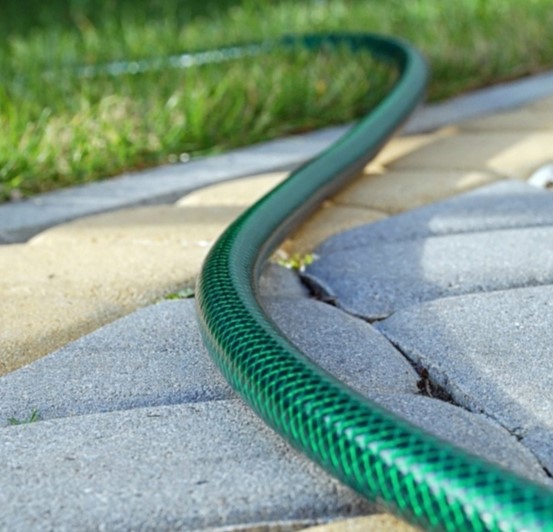
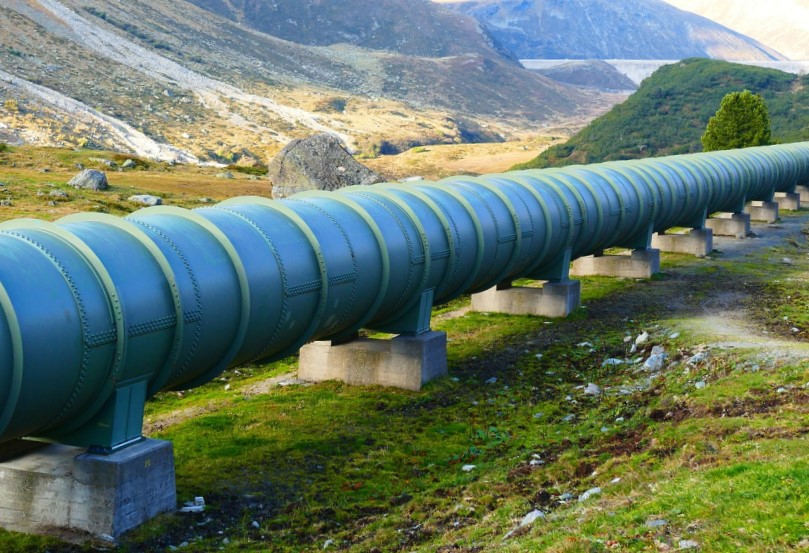
Which one will create more resistance to the flow of water? I think it’s in the oil pipe. What do you think?
So the resistance depends on the cross section (S) of the conductor. The larger the cross-sectional area, the easier it is for water to flow through the pipe. I think it’s obvious.
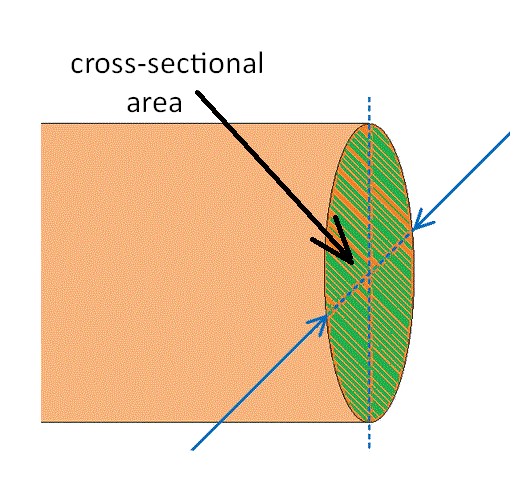
What is it made of
Let’s imagine we have a garden hose with a sponge in it all the way through.
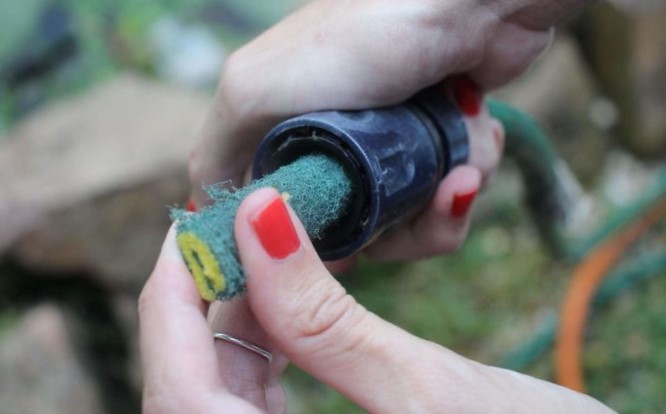
And let’s take a simple rubber garden hose of the same length.
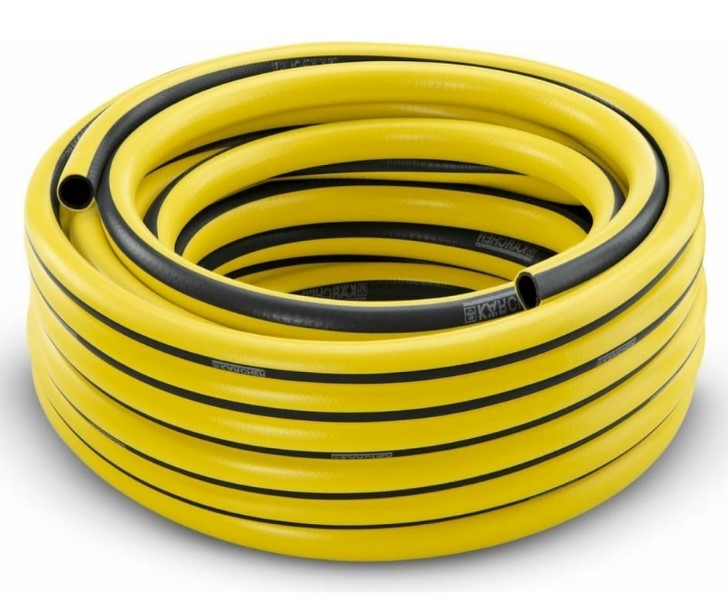
Now tell me, which hose would flow better? Of course it’s rubber! Because it offers less resistance to water flow. You can even say that the two hoses have different resistivity (about this term below in the article).
Length
Let’s take two hoses of the same material and the same diameter, but the length of one hose will be much longer than another.
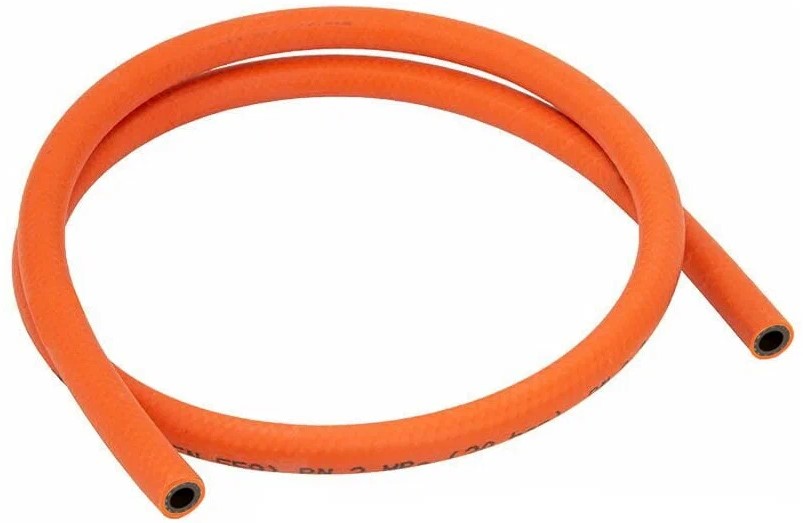
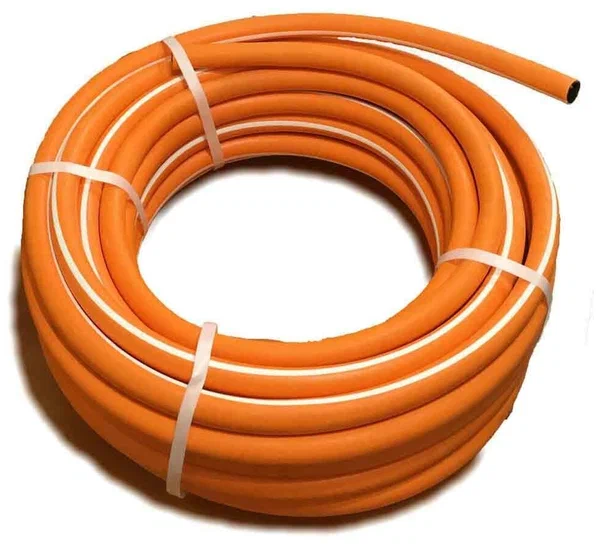
Which two hose is going to make the water flow easier? I think it’s in a short hose. What do you think?
Resistance in electronics
As I’ve said many times before, electronics are a close analogue of hydraulics, so everything we’ve just talked about can be applied to electronics as well. Only in our case instead of a pipe there will be a wire made of some metal.
Wire cross section area
Which wire do you think will have the least resistance to electric current if they are the same length?
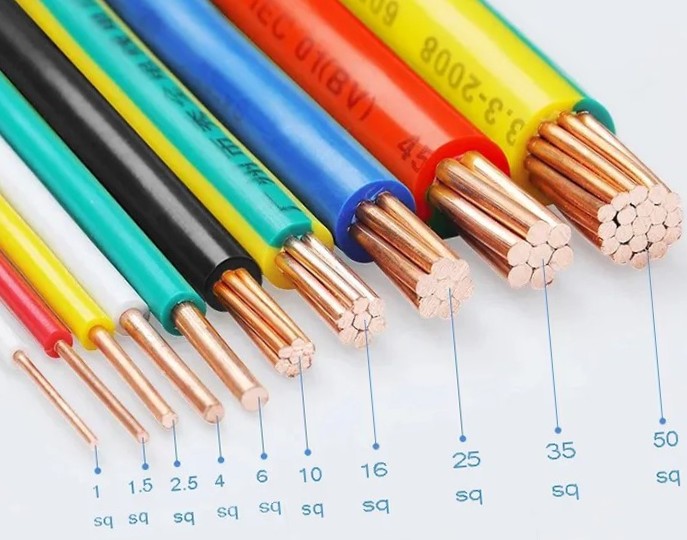
Let’s remember hydraulics. We had two pipes of the same length, with air inside them, but different diameters of these pipes.


Since the cross-sectional area of an oil pipe is larger, it will therefore have less resistance to water flow than a garden hose with a very small cross-sectional area.
What is the cross-sectional area at the wire? Look at the picture below and don’t ask any questions). In the picture, the cross-section area of each wire I painted red.
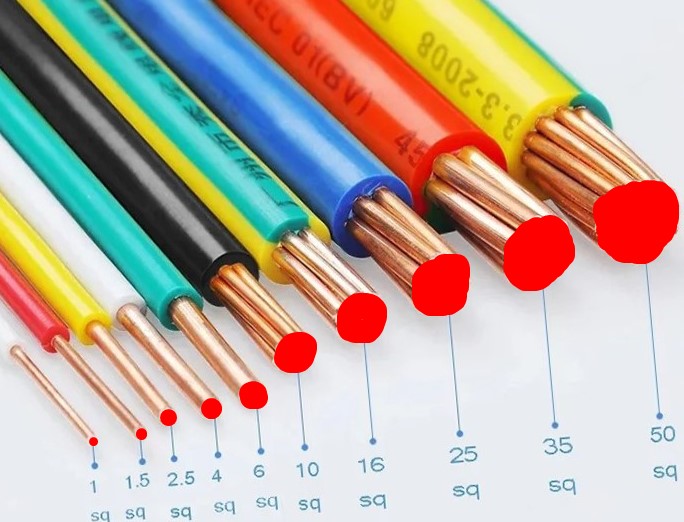
Well, it’s the same in electronics! So, a wire with a cross-sectional area of 50 mm2 will have the smallest resistance compared to other wires. The biggest resistance will be the wire with the smallest cross section of 1mm2. (Don’t forget that all wires lengths are equal.)

Electrical resistivity
So now we have two wires with the same cross section and let their length be equal. But there’s one difference. They’re made from different materials. One is copper and the other is aluminum. Which one has less resistance? Interesting question, isn’t it?
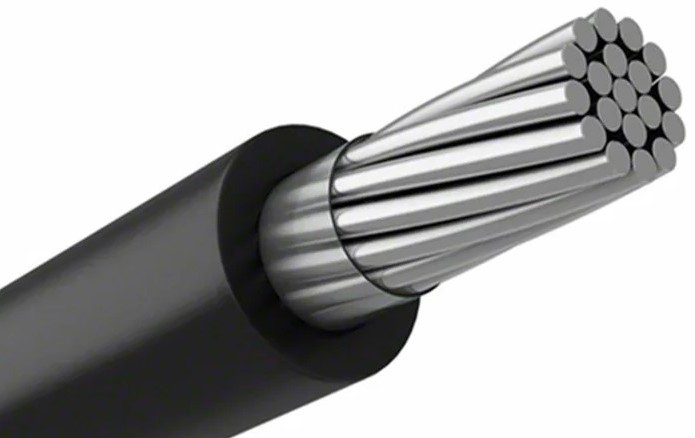
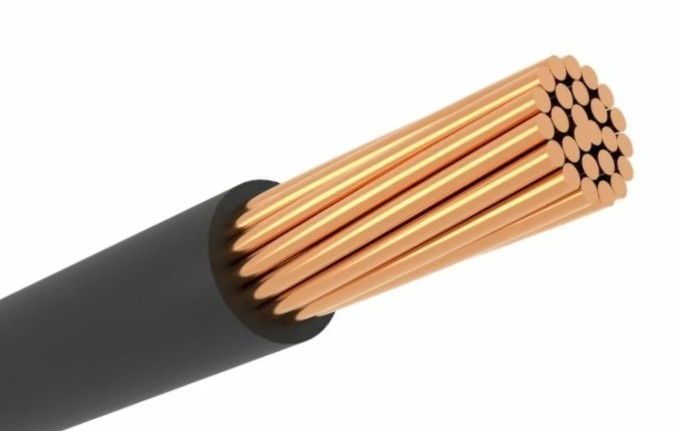
The fact is that these two metals have different electrical resistivity.
It would be a complete analogy with hoses that are filled with sponge and air.


In electronics, resistivity is indicated by the Greek letter ρ.
But if we know that air has less water resistance than a sponge, how do we know which type of metal has less electrical resistance? To know this we must use the table.
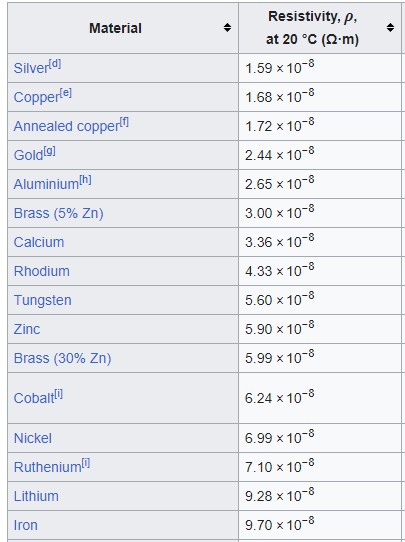
More details here.
From this table we see that the copper resistivity is smaller than aluminum resistivity. This means that the copper wire will have less resistance than the aluminum wire. One of the best conductor, as you can see from the table, is silver. But since it is very expensive, it is rarely used.
Length of wire
Let’s take a look at these two copper wires, which are the same diameter, but different lengths.
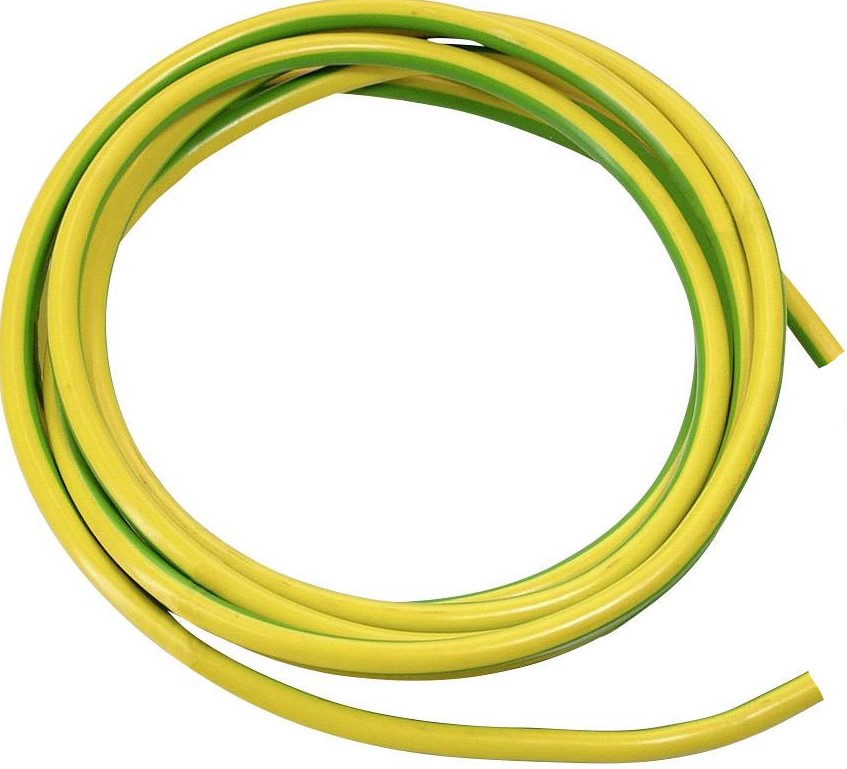
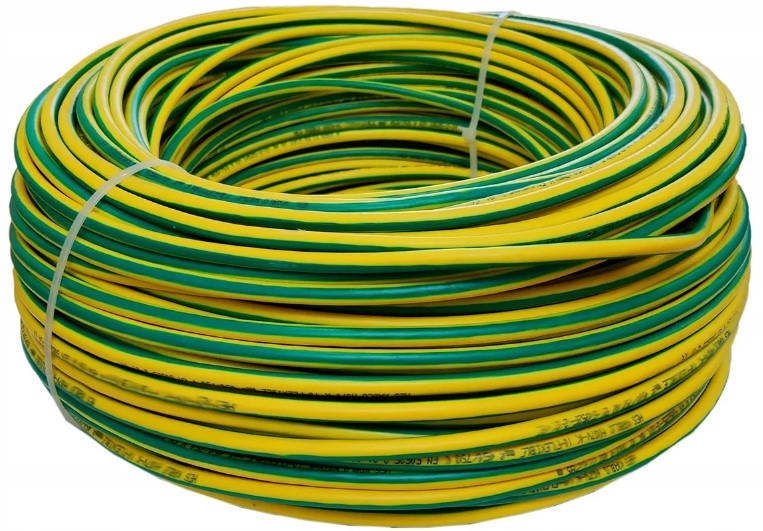
Which wire would have less resistance? The shorter one, of course. Remember the analogy with hydraulics. It’s the same.


Resistance formula
So we learned that the resistance depends on parameters like the cross-sectional area of the wire, what it’s made of, and the length of the wire. Intelligent people worked hard and came up with a simple formula:
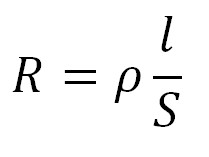
R – resistance, represented by the capital Greek letter omega (Ω) or “ohm”.
l – length of wire, m
ρ – resistivity, Ω⋅m
S – cross section area, m2
